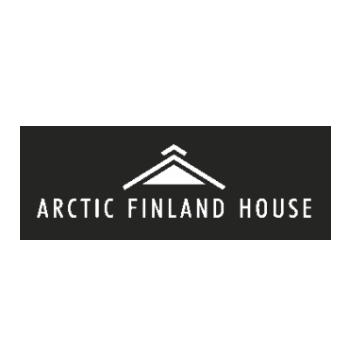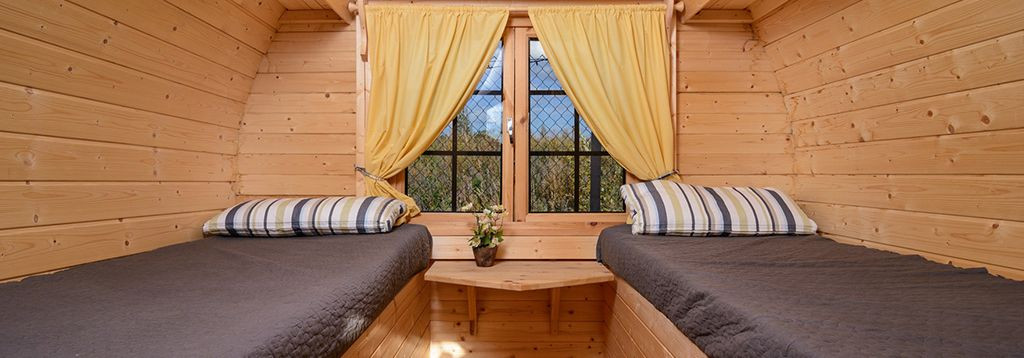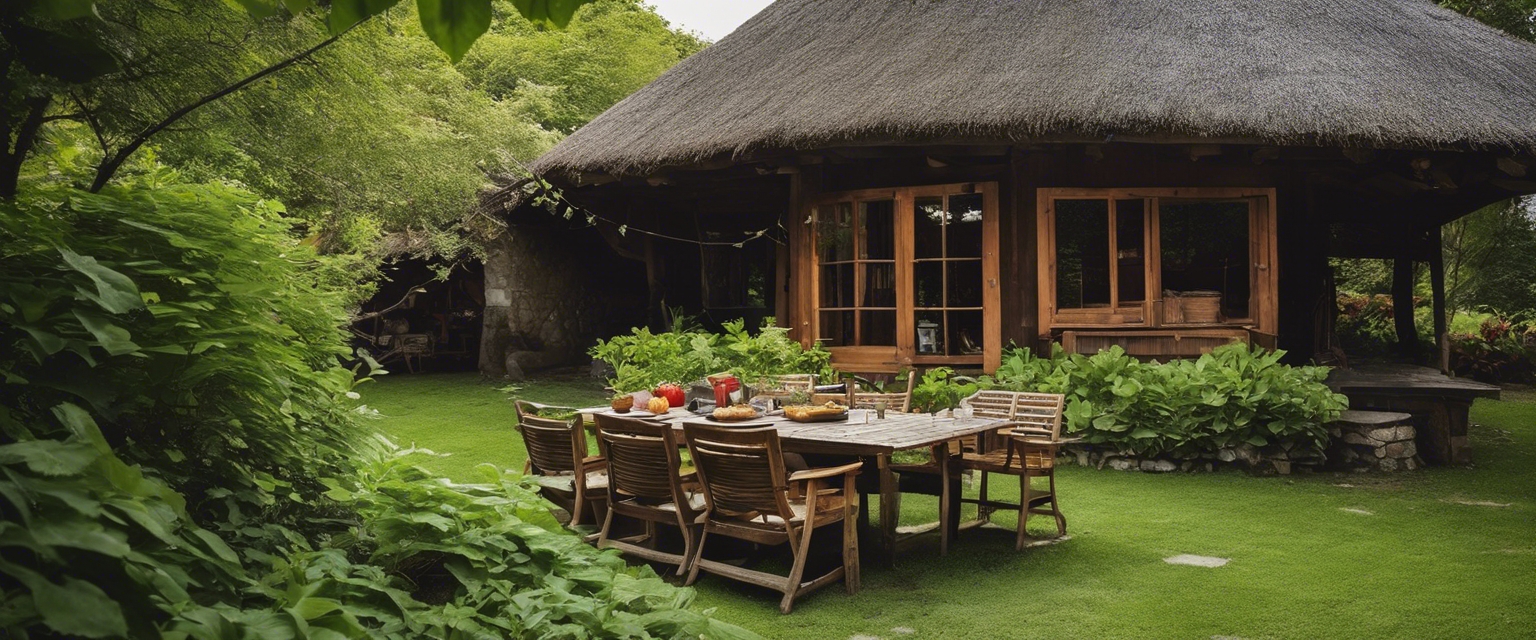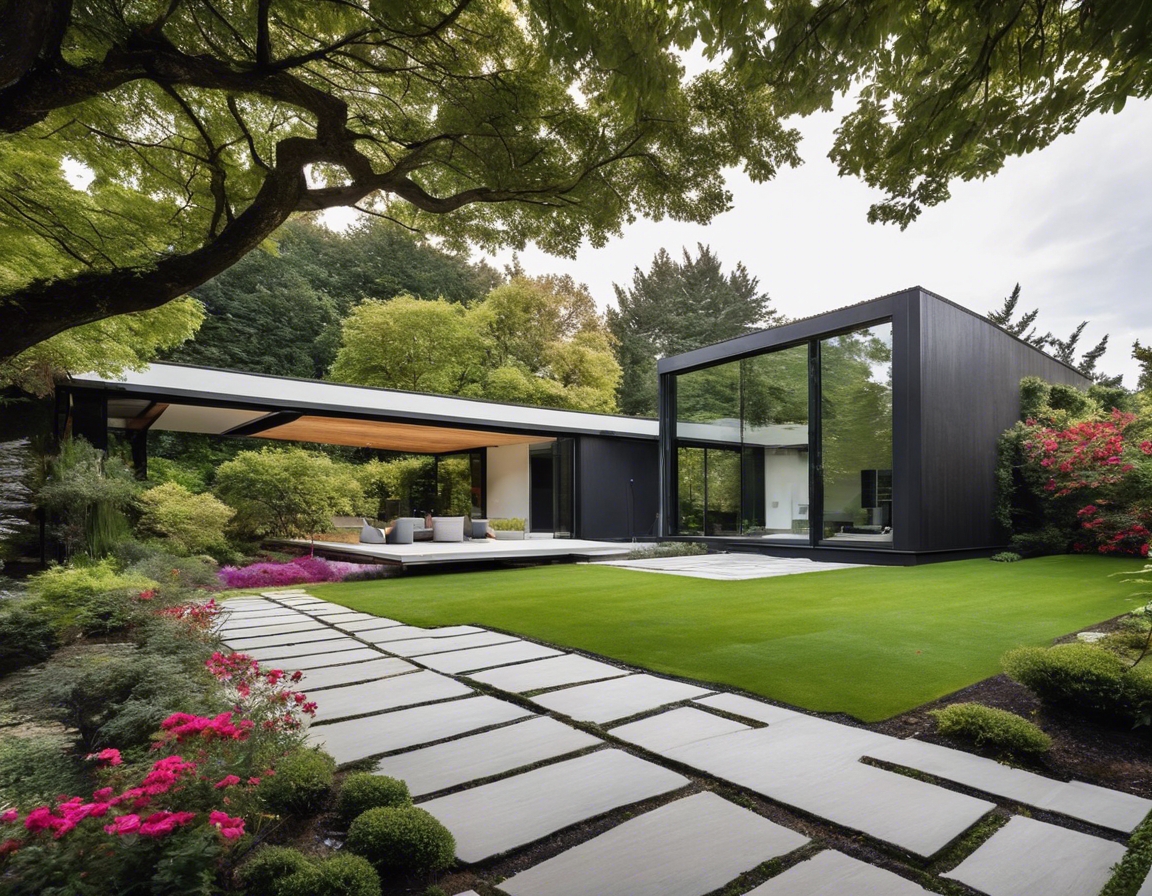Innovative design trends in campsite houses
Campsite houses have evolved significantly over the years, transforming from basic shelters into sophisticated structures that offer comfort, style, and sustainability. As more people seek to reconnect with nature without sacrificing modern conveniences, the demand for innovative campsite house designs has surged. This trend is particularly appealing to homeowners and hospitality businesses looking to enhance their outdoor living experiences.
Eco-Friendly and Sustainable Designs
One of the most significant trends in campsite house design is the use of renewable materials. Builders are increasingly opting for sustainable resources such as bamboo, reclaimed wood, and recycled metal. These materials not only reduce the environmental impact but also add a unique aesthetic appeal to the structures.
Energy efficiency is a top priority for modern campsite houses. Many designs incorporate solar panels, wind turbines, and rainwater harvesting systems to minimize reliance on traditional energy sources. Off-grid solutions are becoming more popular, allowing campsite houses to operate independently and reduce their carbon footprint.
Modular and Prefabricated Structures
Modular and prefabricated structures offer numerous advantages, including reduced construction time and cost-effectiveness. These designs allow for easy assembly and disassembly, making them ideal for remote locations. Additionally, modular homes can be expanded or reconfigured as needed, providing flexibility for future growth.
Customization is a key feature of modular campsite houses. Homeowners and businesses can choose from a variety of layouts, finishes, and features to create a space that meets their specific needs. This flexibility ensures that each campsite house is unique and tailored to its environment.
Integration with Nature
Biophilic design principles emphasize the connection between humans and nature. Campsite houses are increasingly incorporating elements such as large windows, natural light, and living walls to create a harmonious relationship with the surrounding environment. These features enhance the well-being of occupants and promote a sense of tranquility.
Seamless indoor-outdoor living spaces are a hallmark of modern campsite house design. Sliding glass doors, outdoor kitchens, and expansive decks blur the lines between interior and exterior spaces, allowing residents to enjoy the beauty of nature from the comfort of their homes.
Smart Technology Integration
Smart technology is revolutionizing campsite houses by offering enhanced convenience and security. Home automation systems allow residents to control lighting, temperature, and security features remotely, ensuring a comfortable and safe living environment.
Smart energy management systems optimize energy usage by monitoring consumption patterns and adjusting settings accordingly. These systems help reduce energy costs and environmental impact, making them an essential component of sustainable campsite house design.
Aesthetic and Functional Innovations
Minimalist and Scandinavian design influences are prevalent in modern campsite houses. Clean lines, neutral color palettes, and functional furnishings create a serene and uncluttered atmosphere. These design elements emphasize simplicity and functionality, aligning with the desire for a peaceful retreat.
Space optimization is crucial in campsite houses, where every square foot counts. Multi-functional furniture, such as fold-out beds and convertible seating, maximizes space without compromising comfort. These innovations ensure that campsite houses remain practical and livable, even in compact settings.






Comments (0)